Aloe Vera diseases and common pests
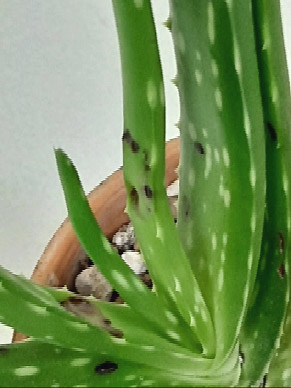
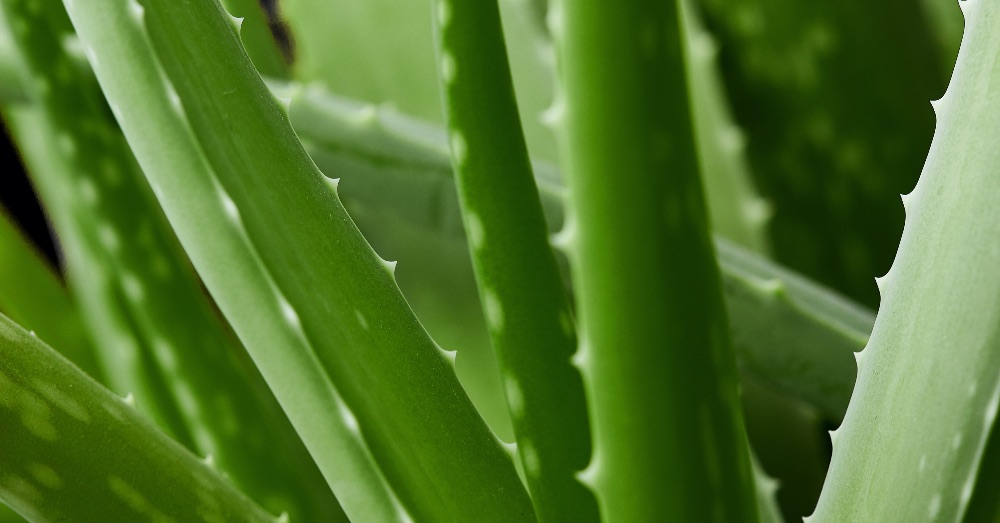
It is one of the most common succulent plants in homes, both for its beauty and for its versatility in a good number of natural remedies. For this reason, it is convenient to know the diseases of Aloe Vera and what its most common pests are. And it is that, although we are talking about a plant species that has few natural enemies, it is convenient to know how to identify them and, what is more important, stop them. A way to prevent them from prospering and ruining it.
The passion for Aloe Vera is not a current trend. Actually, its popularity is nothing more than the inheritance of our ancestors, who knew its character as a medicinal plant. A compelling reason for it to be a common crop plant and even qualified as a «miraculous plant». And not only because of its properties, but also because of another fundamental detail: its rusticity. But it is not only extremely resistant. In addition and well cared for, it can also be long-lived.
For all these reasons, it is essential to know the diseases of Aloe Vera and the pests that can attack its integrity. The best way to enjoy our plant and its benefits for a long time.
WHAT ARE THE DISEASES OF ALOE VERA?
As with all plants, rigorously following Aloe Vera care is essential to avoid frights. A healthy and well-nourished plant has a natural resistance to any external aggression substantially greater than one that is not at its best.
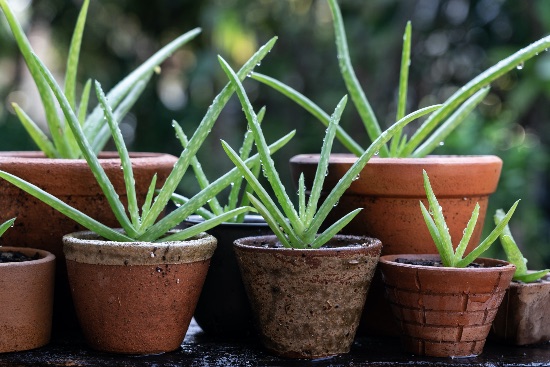
For this reason and in the specific case of Aloe, it is essential to pay attention to two crucial aspects for its well-being: irrigation and light. It is precisely an excess of water that is the main reason why Aloe Vera diseases are triggered. It can cause the proliferation of fungi, which we will sometimes detect on the leaves and, in the worst case scenario, if our plant dies without understanding why. The reason is simple: the fungus has directly attacked the roots, causing them to rot.
Apart from this, it is important to know that Aloe Vera diseases are easily manifested through its leaves. A detail that makes it easier to detect what is happening to you in time and try to stop it.
1. Fungi, one of the most common Aloe Vera diseases
The main enemy of our plant, and the most common reason for its death. Since the world of fungi is very wide, there are several scenarios that we will have to contemplate to save our Aloe Vera.
A. Black dots that become necrotic, one of the most common fungi.
They create small depressions on the leaf that heal, thus warning us of their presence. Its appearance responds to an excess of humidity, both in the substrate and in the environment; and a lack of plant ventilation. They are common in Aloes grown indoors but also in those that are outdoors and whose stems are wet when watering.
To stop its progress, we can use a fungicide. If they have a large presence on the leaves, they should be cut and burned.
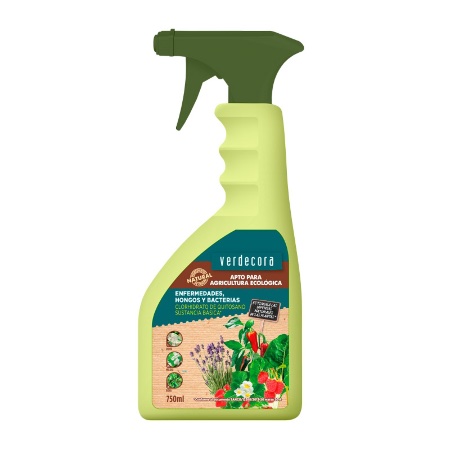
B. Basal rot, the fungus that can kill your Aloe
It is the main cause of death of Aloe Vera grown at home. It is also caused by excess irrigation, moisture in the leaves and always with warm temperatures. When we are faced with a basal rot fungus, the central trunk of our plant will acquire a dark brown coloration.
Trying to save our plant involves pruning it flush, and trusting that it has energy to regrow if we try to root it again. How to avoid it, then? Being careful with irrigation but also placing a layer of stones or aggregates on the substrate that avoids excess moisture to the main stem of our Aloe Vera.
C. Root rot, the classic of excess watering
If our aloe has yellow leaves, they wither or even the growth of the plant is reduced, we are dealing with a fungus that is rotting the root. It appears, again, due to excessive irrigation or, even, due to poor drainage.
D. Leaf spot, the last fungus to know about
His mark is highly personal: he creates irregular spots that are dark brown in color and have a grayish center. Its main effect on our plant is that the tips of the Aloe Vera begin to dry out and we can even notice a lower consistency in its stems.

It occurs in humid environments with good temperature. To stop it, it is essential to apply a fungicide.
2. Rust, an enemy that also affects Aloe
It usually occurs in cool environments with a high degree of humidity, both in terms of irrigation and the environment. It can also occur if we have moistened the leaves when watering and our plant is not well ventilated. Its presence can be detected thanks to the presence of first yellow and then brown spots on the leaves. Also because their outlines have orange tones: evidence of the spores of this fungus.
The best way to treat Rust on Aloe Vera is by applying a specific fungicide against this type of fungus. As an alternative, the diseased leaves can be cut and, as a precautionary measure and to prevent the spread of their spores, we will burn them.
3. Bacteria, the invincible enemy
As happens when we review orchid diseases, no: there is no solution to the attack of a bacterium in an Aloe Vera. Its presence usually attacks the stem of the plant and, beyond rotting it, is evidenced in a very unpleasant way: by the bad smell.
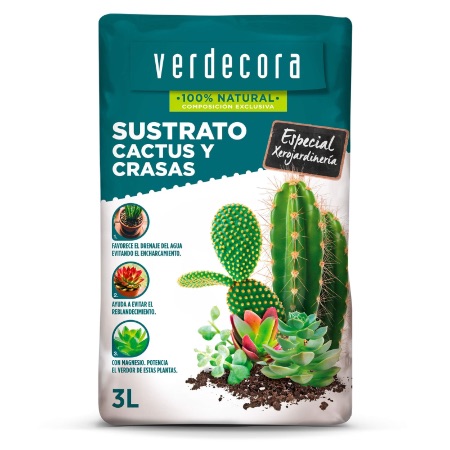
We cannot palliate it but we can avoid it. How? Avoiding excess irrigation, creating good drainage for our plant but, above all, using a quality substrate free of bacteria or nematodes that can cause the appearance of bacteria.
PESTS THAT WE CAN DETECT AMONG ALOE VERA DISEASES
Despite its rusticity, Aloe Vera is not exempt from attacks by insects that see its leaves as an irresistible delicacy. And it is precisely because of its fleshy nature that certain sap-sucking pests settle to live in it. You have to give it importance: eliminating pests from the garden or inside the house is crucial from the moment they are detected. If we allow them to proliferate, not only will it be much more difficult to eradicate them: they can also compromise the life of our plant.
What’s more: those seemingly harmless insects with their microscopic bites can be the gateway for the Aloe Vera diseases that we have just seen. So nothing to belittle them for their tiny size.
1. Aphid, the great acquaintance
There is no garden lover who does not recognize this insect with a voracious appetite ! They are usually located on the underside of the leaves and, although sometimes we do not detect them, there is another way to do it: seeing ants around our plant.
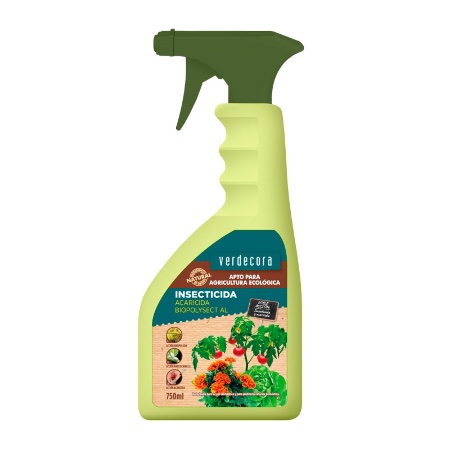
They must be stopped by a specific insecticide as soon as they are detected. They can colonize a plant in a matter of a few days!
2. Red spider, the most common in indoor cultivation
Another nightmare to get to know up close, no matter how small. The red spider, which is actually a mite, is very common in indoor environments and with low humidity. The best way to detect it is by its bites: they leave whitish marks on the leaves.
As in the case of the aphid, it is advisable to stop them as soon as possible with an insecticide.
3. Whitefly, another recurrent in Aloe Vera diseases
How to combat whitefly is key both in Aloe Vera and in any other plant. And the reason is simple: they are capable of killing a plant in almost! a blink of an eye. Tiny, white, and winged, they are great sap-suckers with incredible reproductive capabilities.
Have you suffered any of these Aloe Vera diseases in your plant?

![Photo of Teucrium: [Cultivation, Irrigation, Associations, Pests and Diseases]](https://www.complete-gardening.com/wp-content/uploads/2022/08/teucrium-cultivation-irrigation-associations-pests-and-diseases-390x220.jpg)
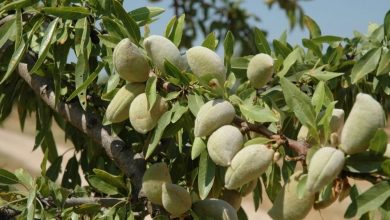
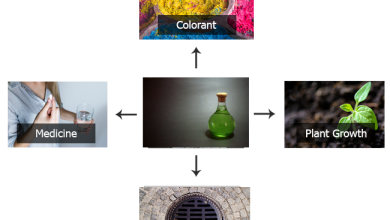
![Photo of How to Plant Jujube: [Complete Guide]](https://www.complete-gardening.com/wp-content/uploads/2022/08/how-to-plant-jujube-complete-guide-390x220.jpg)